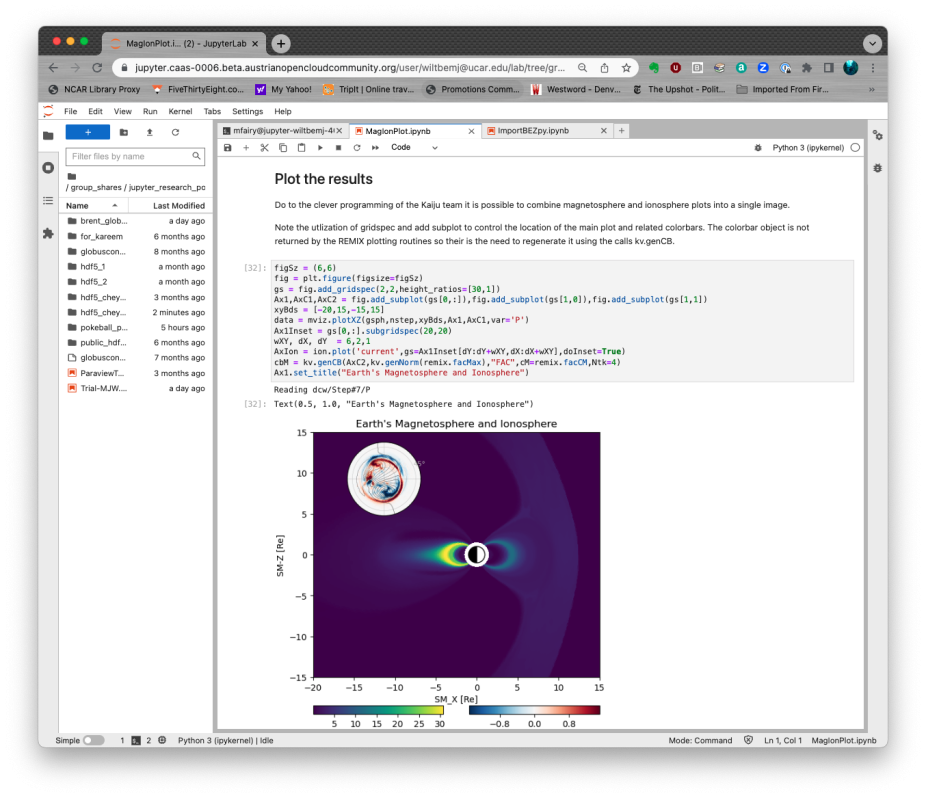ACM Trans. Graph: We present a method for publishing and sharing high performance compute (HPC) code and results in a ready-to-use interactive environment with the explicit goal to lower the entrance barrier to HPC. We call such an environment an OpenScienceLab (OSL) and have prototypically evaluated usability, scalability and portability on the Multiscale Atmosphere Geospace Environment as a Fortran/Python based, massively parallel HPC codebase. Six use-cases, from PeerReview-Companions to SummerSchools were used to test the OSL design, finding that the functional method itself improves the utility of the codebase: For a senior code-owner, the OSLs offer more scalable knowledge-distribution than in-person onboarding and for an end-user, the OSLs achieve removal of all compilation and dependency management, saving the end-user time and enabling first timers to quickly try out working with an HPC-application both locally as well as on large machines. This is achieved by leveraging cloud-native methods and DevSecOps such as containerization, orchestration and automation as well as security best practices.

Example Notebook from [Sorathia et al. 2022] that shows a tutorial for MAGE/GAMERA [Sorathia et al. 2020]. It also shows on the left side of the screen, how the group-shares allow users to share their plots and data if their users have the Access Control Lists ACL set for IDP-group-members of jupyter_research_pokeball_student. The data-set loaded into this OSL running in Vienna, AT stems from NCAR, USA, via Globus. The run-time and codebase is accessible to anyone in this IAM-group, optional membership in the additional aocc_admin IDP-group allows admin rights to the whole application. In the inlay (right), the 3D rendering produced by the paraview-kernel is shown.